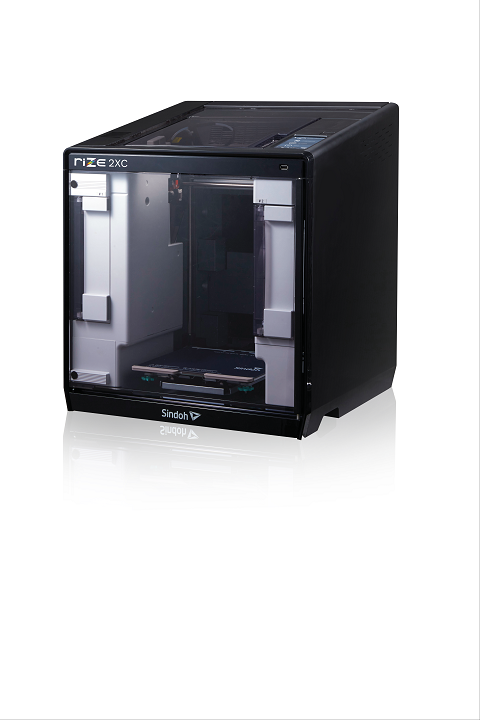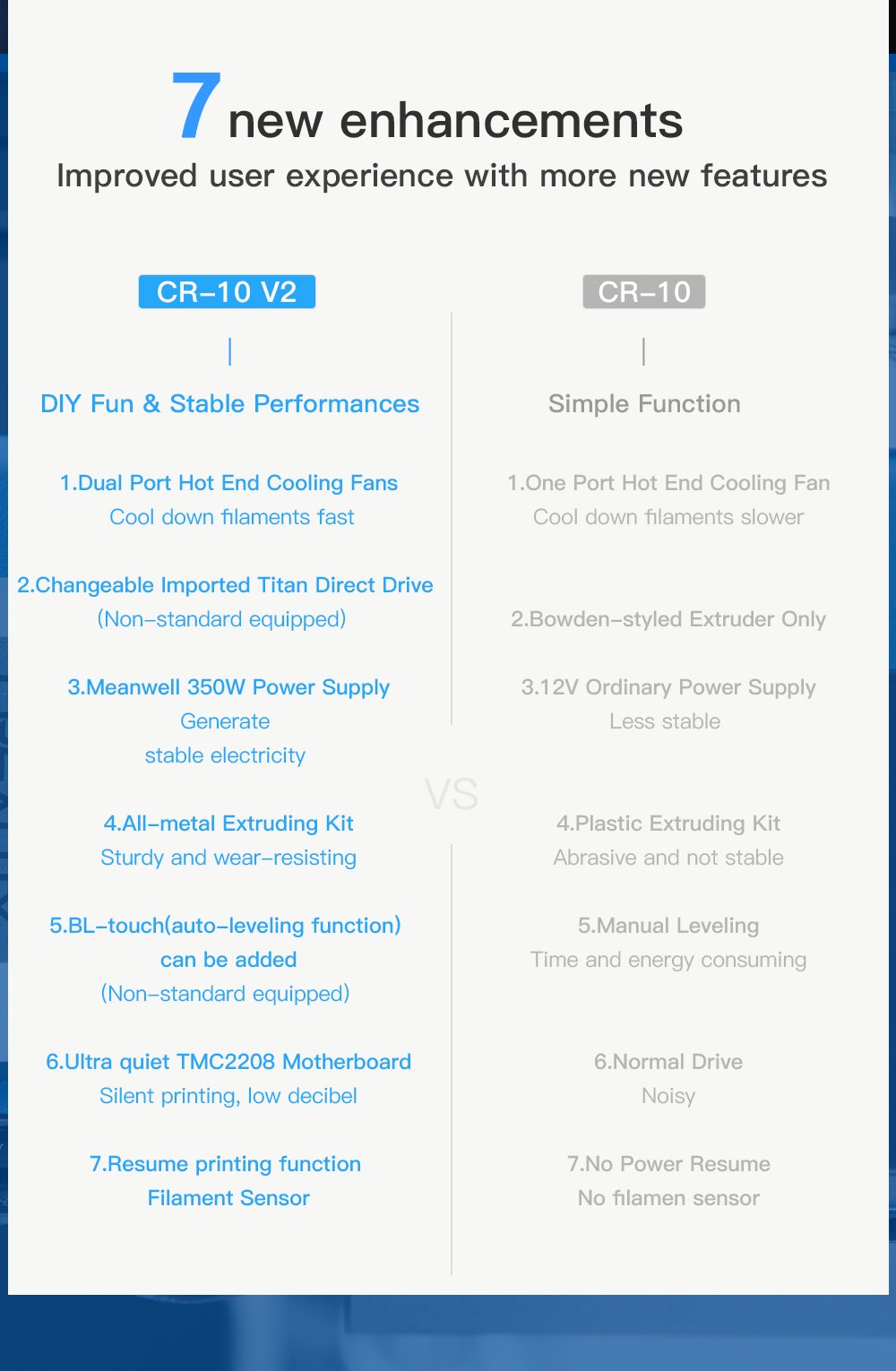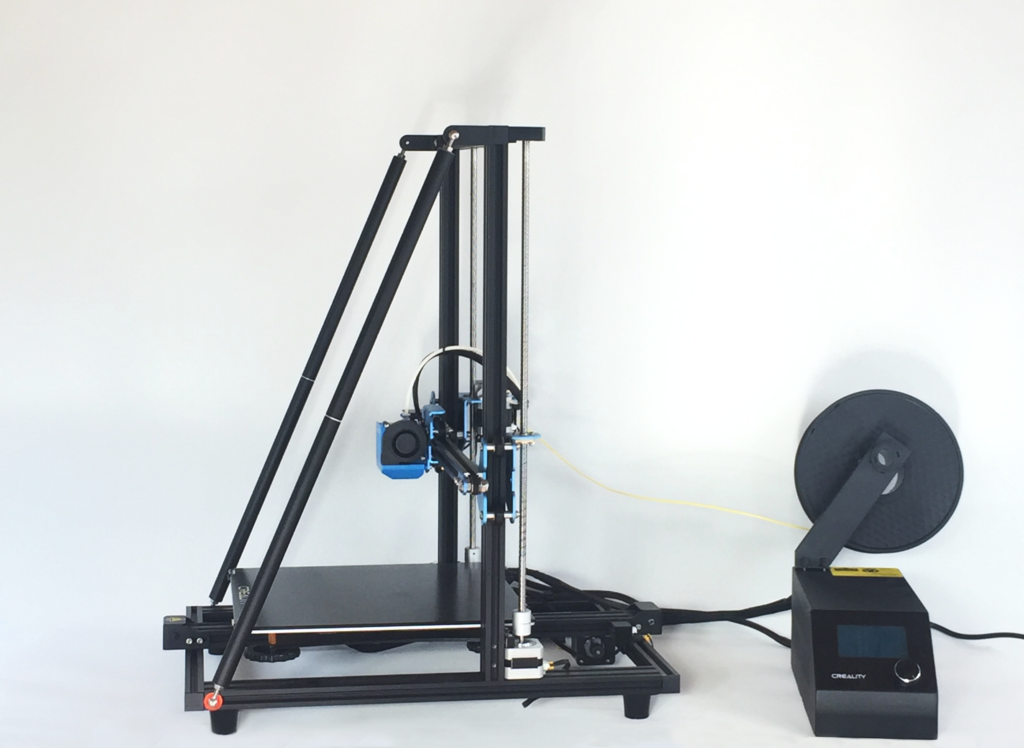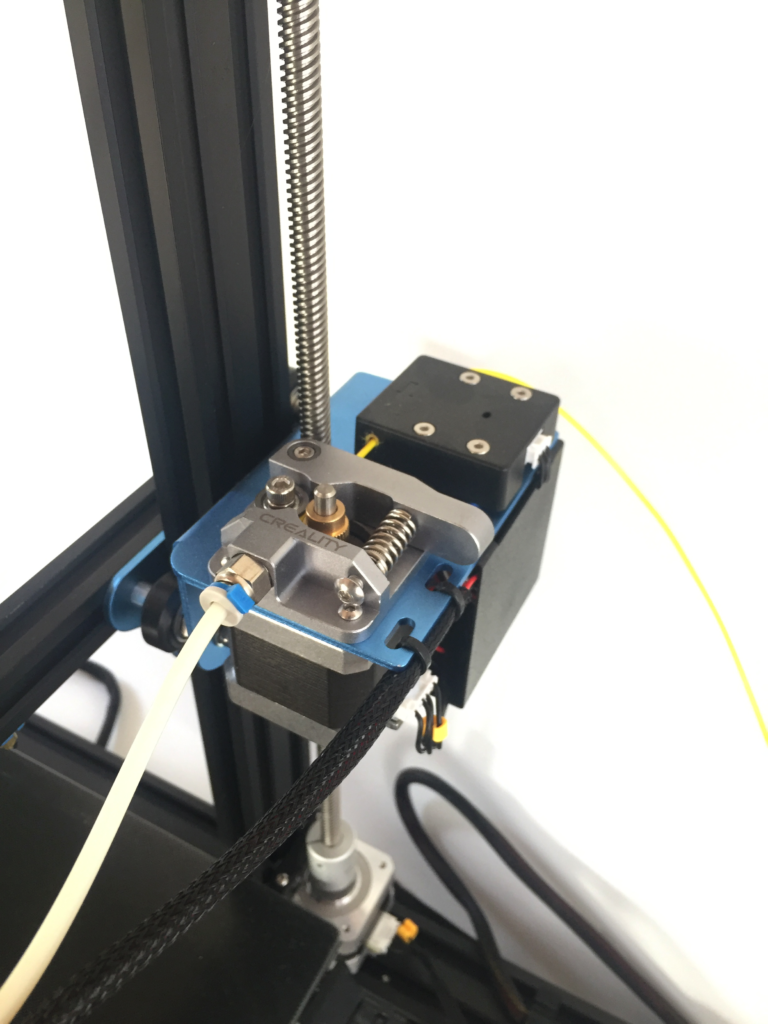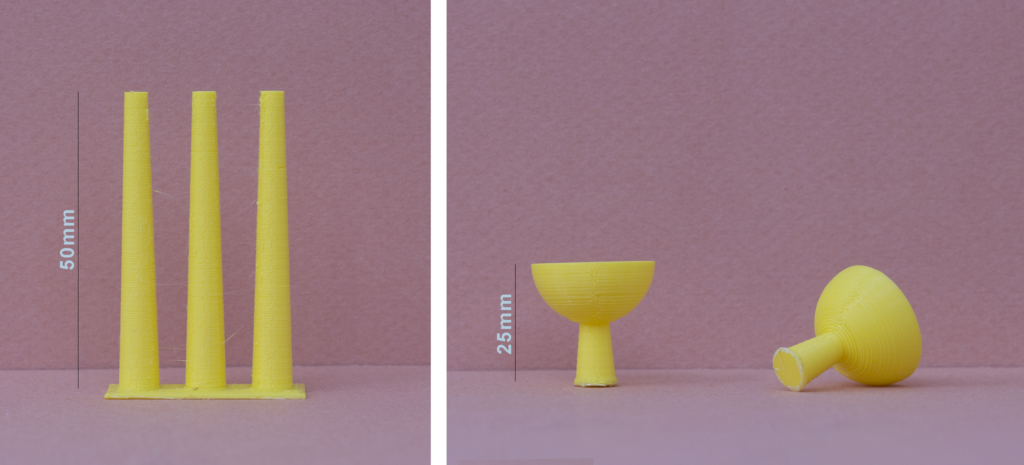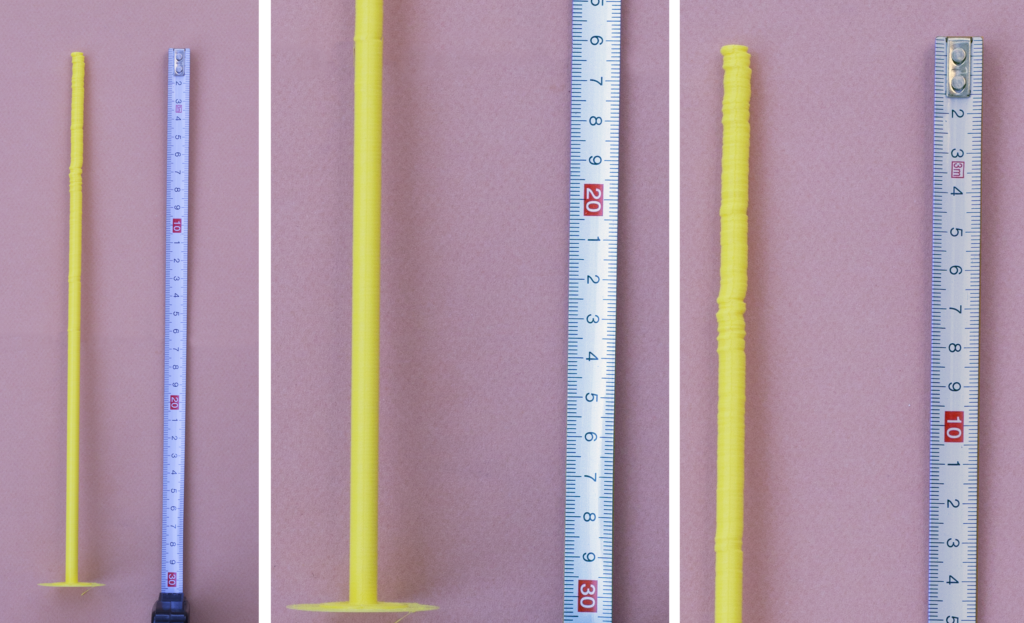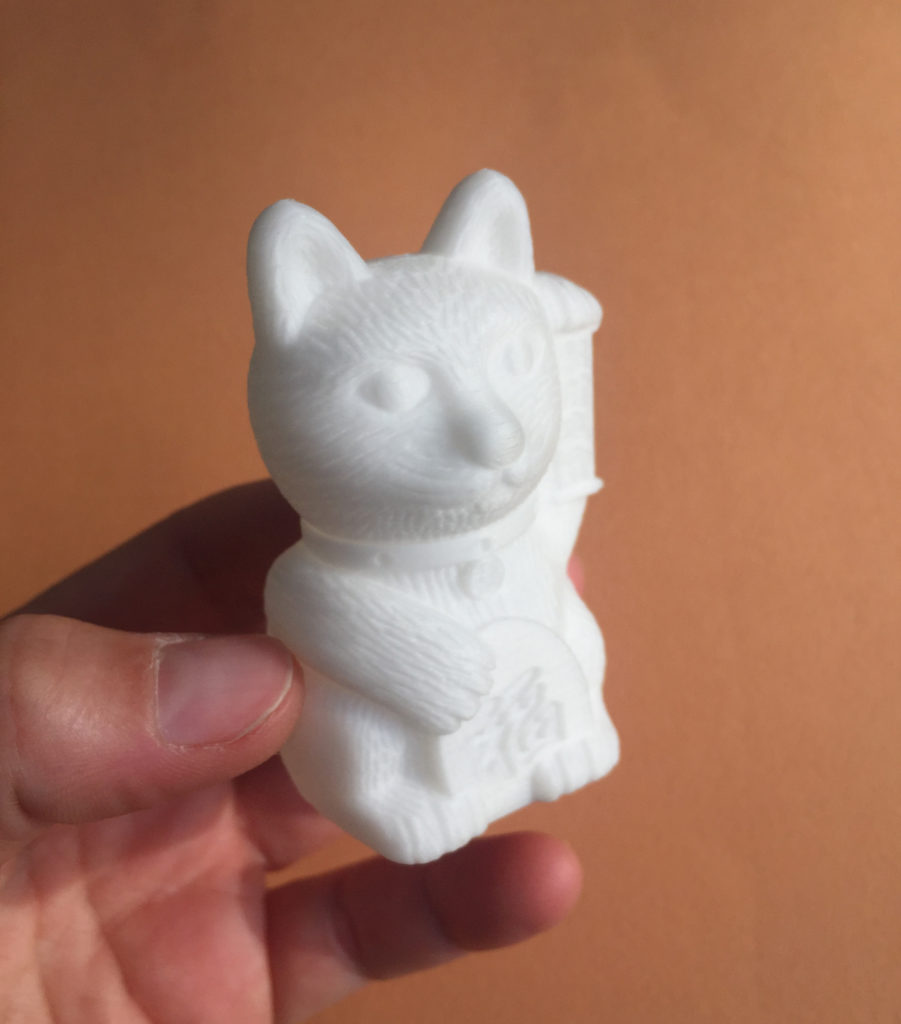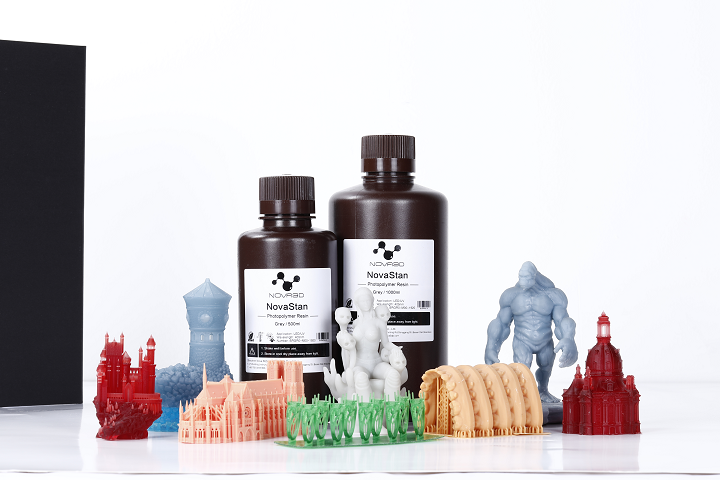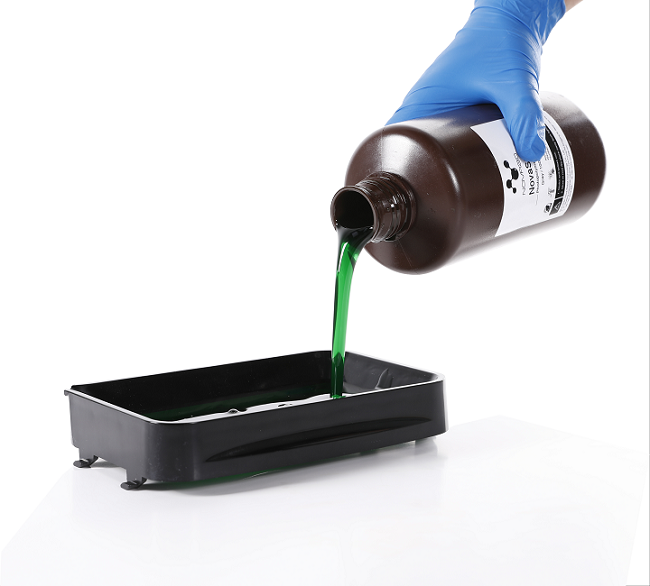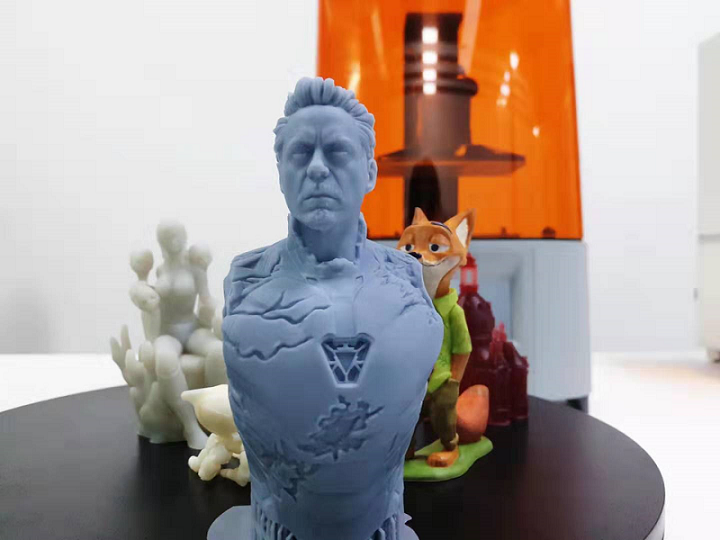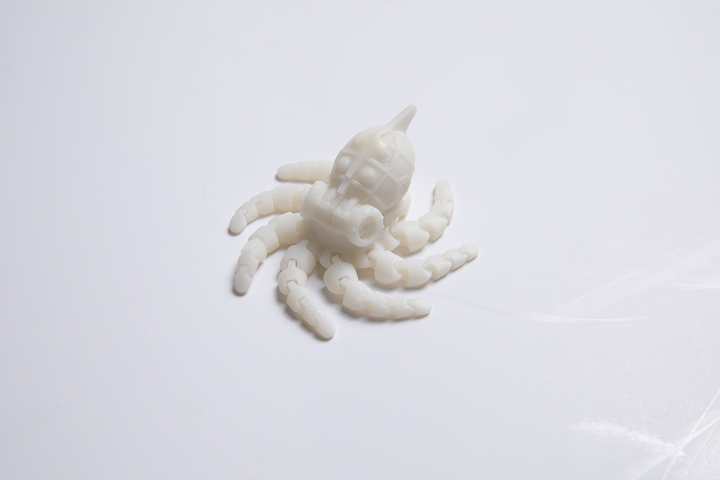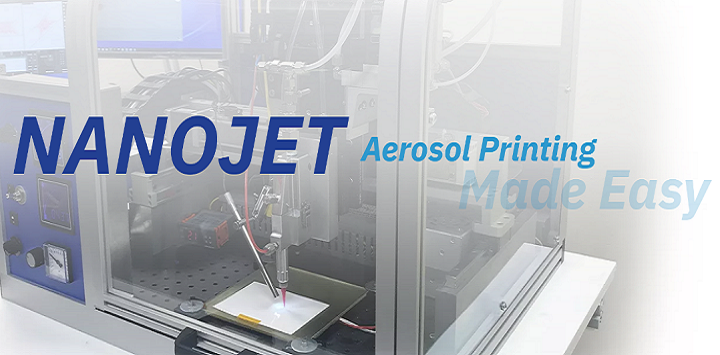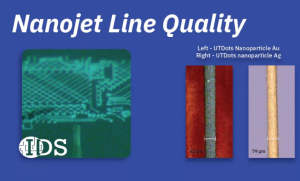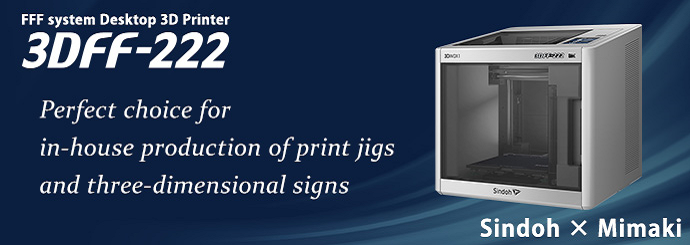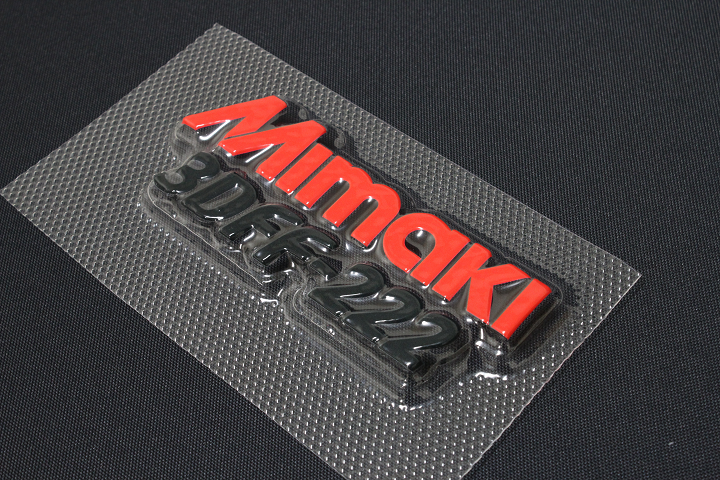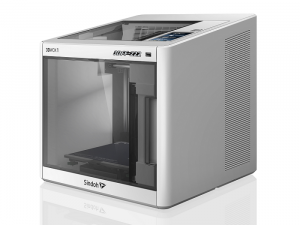In 2016, Massachusetts-based 3D printing company RIZE Inc. released its first industrial-grade desktop 3D printer, the Rize One, renowned for its safety, low emissions, and elimination of post-processing. Then, in 2018, the company introduced the first industrial desktop AM solution for manufacturing full-color functional parts, the XRIZE system, which I was lucky enough to test out at RAPID 2019. Today, it’s announcing a new kind of desktop 3D printer, the professional RIZE 2XC, an adaptive system that was developed collaboratively with South Korean 3D printer manufacturer Sindoh.
 I spoke with RIZE CEO Andy Kalambi ahead of the release, who told me that even during the ongoing COVID-19 pandemic, the company has been “very productive.”
I spoke with RIZE CEO Andy Kalambi ahead of the release, who told me that even during the ongoing COVID-19 pandemic, the company has been “very productive.”
“It’s been an interesting time, but rewarding,” Kalambi said.
He said that the RIZE team speaks every morning during a check-in meeting, to make sure everyone is doing okay and see if anyone needs help with a project. Even during lockdowns across the US, the company has been busy, 3D printing personalized face shields that were distributed to hundreds of essential and healthcare works in the Boston area and working on the new 2XC.
“Entirely during COVID times, we developed this new printer with Sindoh,” he told me.
The RIZE 2XC was engineered from home offices, and, according to a RIZE press release, is a testament “to the safety principles embodied in RIZE’s solutions – principles that are especially relevant today as organizations reinvent workflows for a return to office locations.” The business supply chain needs to be even more flexible now due to COVID, and RIZE says its new printer can help. The 2XC can be used at home – no need to worry about germs spreading from lack of social distancing – and in offices and classrooms, with no fear of releasing harmful airborne volatile organic compounds (VOCs).
“The newer, higher performance, safe materials from next-gen FFF players such as RIZE are helping to drive a transformation in the 3D printing sector that are particularly relevant now as the world emerges from a pandemic. The durability and safety advantage that’s possible from next-generation 3D printing systems merits the attention of any engineering or design team that wants to give their users the best, and safest, tools,” Tim Greene, research director, 3D printing, for IDC said in the release.
The adaptive printer is the first deliverable to come from the RIZIUM Alliance, which is a new collaboration between RIZE and industry partners, like Sindoh, to drive safer, more sustainable 3D printing. The RIZE 2XC was made with a redesigned Sindoh dual-extrusion 3D printer, which can run engineering-grade RIZIUM materials that are moisture-resistant, recyclable, and zero emission.
 RIZIUM One material
RIZIUM One material“We based our material on safety – it’s engineered for safety, durability, and strength,” Kalambi told me. “They’re medical grade, and especially in today’s context, things like sanitizing and being able to wash it with alcohol or acetone is important. Materials science is our differentiating factor.”
Kalambi told me that the ‘C’ in the company’s new 2XC printer stands for ‘composite,’ since RIZE takes a “material-led approach.”
“What we have done now is taken our material portfolio and partnered with industrial players, so we can offer it to a broader market of users.”
Sindoh is applying the innovative RIZIUM materials, engineered for user health, so that customers in various sectors on its platform can use a safe, sustainable material at a lower price.
“With Sindoh, we’re working with the same materials,” Kalambi explained. “We have done lots of engineering efforts with them to get the printer ready for our materials, worked on nozzles and the drive train and the slicer, all of that, and made the printer far more robust. It’s a printer that is a joint product. It’s a new hybrid platform, releasing a set of products with Sindoh that’s based on our polymers and materials science.”
The two independent extruders on the RIZE 2XC are designed for composite filaments and hardened materials. One extruder runs RIZIUM polymers and composites, which can be washed with just soap and water, while the other runs the unique RIZIUM Support, created by RIZE specifically for filament-based extrusion 3D printers. All in all, RIZE says that its new printer offers a safe way to fabricate durable, strong, functional components, without any unnecessary post-processing.
“The RIZE 2XC is especially well-suited for a variety of Industrial and Academic applications,” Ricco Busk, Director at RIZE partner CADSYS, stated. “Given the high demand for having 3D Composite Parts, we are able to, almost immediately, sign up a customer for the RIZE 2XC to use in their innovative plastic molding applications, such as robotic grippers. Combining RIZE’s material advantage in the high quality, easy to use 2XC 3D platform opens doors to new markets for 3D printing that need precision parts made safely and sustainably.”
Kalambi told me that the RIZE 2XC has plenty of great features, such as a heated build plate, a camera for monitoring prints, and automatic bed leveling. Because the company’s Augmented Polymer Deposition (APD) platform has not been added, the system does not print in color, but he said that it does have “a much bigger build volume” in comparison to other desktop printers.
“It’s great for home and office use, as those industries wanted a good printer within a certain price point,” Kalambi explained. “Lots of 3D printing is being done in schools and offices, which is why we partnered with Sindoh…they have lots of knowledge in the education field. That industry had a requirement for a low-cost printer, and RIZE wanted to be able to offer a more affordable option.”
Kalambi also said that the RIZE 2XC is great for 3D printing industrial parts.
According to the RIZE release, this new printer is the first that has brought “safe, sustainable 3D printing” to the industry’s compact sub-$5k market, which can help organizations struggling to get back on their feet in a post-pandemic world get a leg up over the competition.
“Sindoh’s cooperative R&D effort with RIZE showed us that we chose the right partner indeed – a partner as committed to innovation in materials and technologies as we are. We’re delighted to expand our reach into more segments of the market through the cooperative solutions we are creating with RIZE,” said BB Lee, CEO, 3D Printing Division at Sindoh Co., Ltd.
The RIZE 2XC will be available from RIZE’s network of channel partners starting June 30th, for an introductory price of $3,995 in the US market and €3,995 in Europe. In the meantime, I’ll be keeping my ear to the ground, because Kalambi said RIZE will have some more exciting news to share with us in mid-July.
The post RIZE Introduces Adaptive 2XC Desktop 3D Printer for Offices, Schools, and Homes appeared first on 3DPrint.com | The Voice of 3D Printing / Additive Manufacturing.


